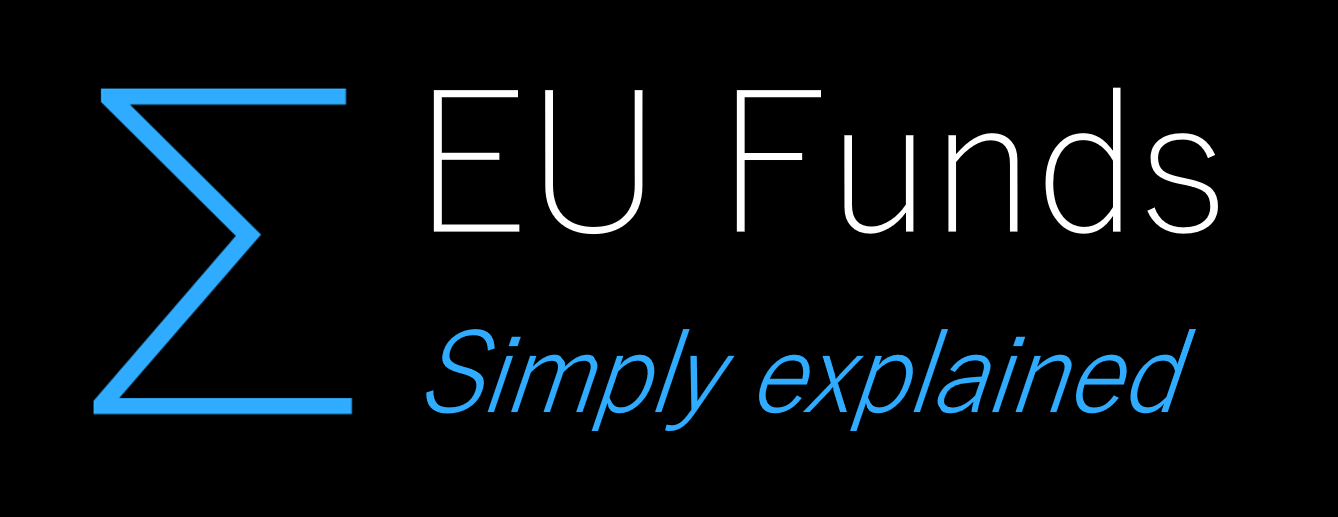Subcontracting involves outsourcing an entire defined task, while other goods and services refer to the purchase of specific items or support services. If the contracted service directly contributes to completing a task, it falls under subcontracting. If it merely supports the task’s execution, it is classified as other goods and services. This distinction applies equally in Horizon Europe and Horizon 2020.
Example:
- Hiring an agency to run a full communication campaign is subcontracting.
- Purchasing just a website from the agency is classified as other goods and services.
Subcontracting
Subcontracting means a beneficiary outsources a specific action task to an external third party. The subcontractor performs the task and invoices the beneficiary at market prices for work, services, or goods delivered. Note that subcontracting costs do not include the 25% indirect costs flat rate.
Subcontracting can only cover a limited portion of the project and must be awarded based on the “best value for money” principle. Core deliverables, milestones, or entire tasks cannot be subcontracted. The beneficiary who outsources the work remains fully responsible for the subcontractor’s performance and conduct.
Subcontracting must be budgeted explicitly in the Grant Agreement. If not, the beneficiary risks rejection of costs during audits.
Other Goods, Works, and Services
This category covers contracts for specific goods or services that support project tasks but do not constitute entire tasks themselves. Examples include consumables, promotional activities, dissemination, result protection, translations, publications, certificates, and financial guarantees (if required).
Unlike subcontracting, costs for other goods and services are considered when calculating the 25% indirect cost flat rate.
Key References from the Annotated Model Grant Agreement (AMGA)
- Subcontracting (Article 6.2 – B): Costs are eligible if based on actual incurred expenses, follow usual purchasing rules, ensure best value for money, and comply with public procurement laws (if applicable). Work must be done in eligible or target countries unless otherwise approved.
- Other Goods, Works and Services (Article 6.2 – C.3): Costs must be based on actual expenses and include items such as supplies, promotion, dissemination, translations, and certificates.
- Beneficiary Responsibilities (Article 7): Coordinators cannot delegate or subcontract core tasks to other beneficiaries or third parties except under strict conditions, retaining sole responsibility.
Differences Between Subcontracings and Other Goods and Services
| Aspect | Contracts for Goods/Works/Services (Article 10) | Subcontracts (Article 13) |
|---|---|---|
| Purpose | Necessary support for tasks but not implementation of tasks | Implementation of specific action tasks described in Annex 1 |
| Must be listed in Annex 1? | No | Yes |
| Declared as in financial statement | ‘Other direct costs’ (Annex 2, column D) | ‘Direct costs of subcontracting’ (Annex 2, column B) |
| Included in indirect cost flat rate | Yes | No |
Examples:
- Other goods/services: computer purchase, audit certificate, translation services, brochure publication, website creation (if not an action task), room and catering for meetings (if not a task), hiring IPR consultants.
- Subcontracts: research or innovation tasks explicitly described in Annex 1.













